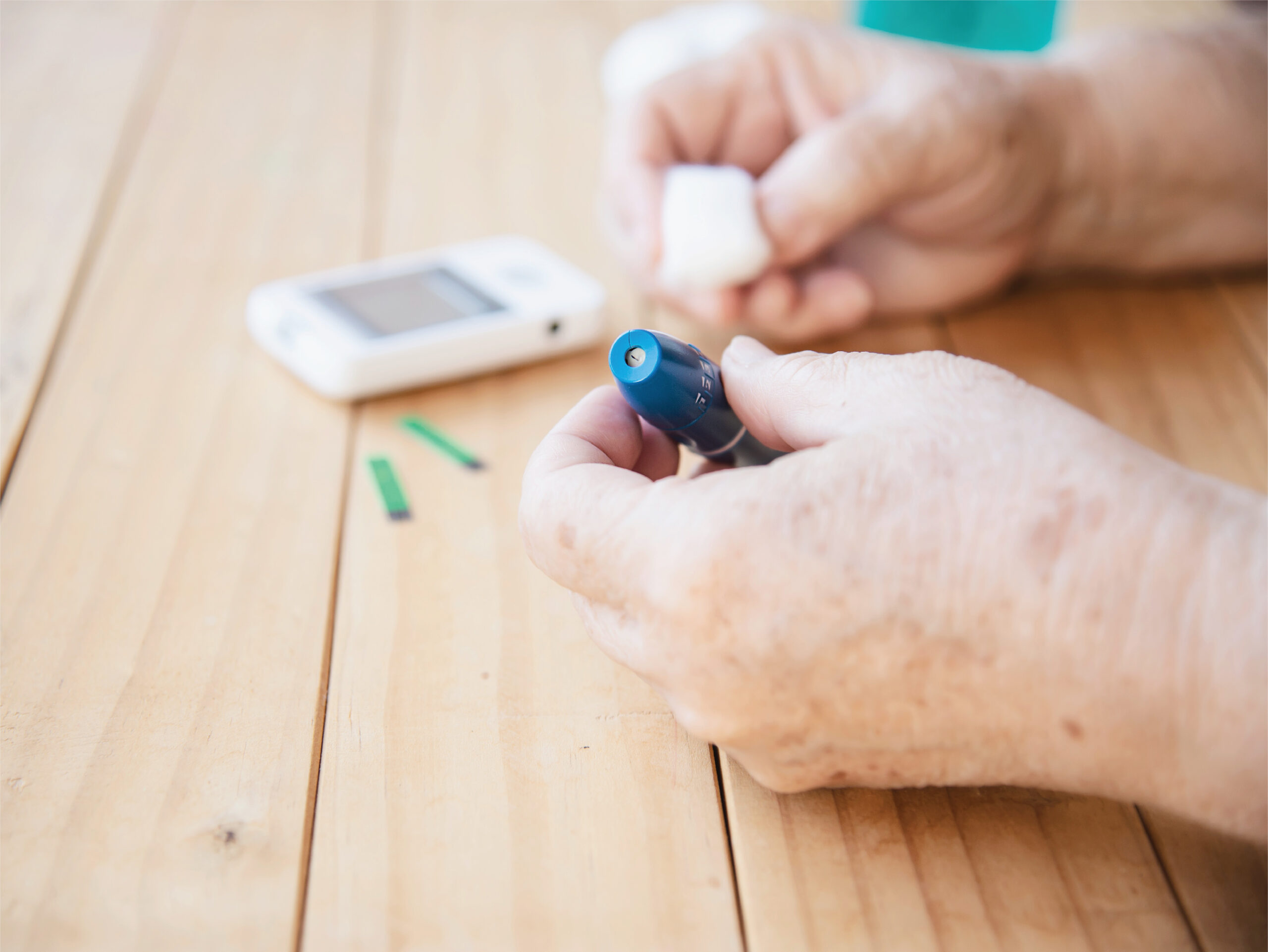
The Link Between Haemochromatosis And Diabetes
March 25, 2022
Why Is Continuous Glucose Monitoring Important?
March 25, 2022Diabetes is said to be the biggest health problem for the 21st century. With over 500 million adults living with diabetes all over the world, it is important to understand the disease and ways to prevent it. Diabetes is of different types out of which type 2 diabetes is the most common. On the other hand, latent autoimmune diabetes (LADA) is the most overlooked, it is also tagged as type 1.5 and is often misdiagnosed as type 2. To know more about latent autoimmune diabetes and how to prevent and identify it, read the full article.
What Is Latent Autoimmune Diabetes?
Latent autoimmune diabetes is a sub-type of type 1 diabetes, the reason why type 1.5 is another name for the disease. It is an autoimmune condition where the immune system starts attacking the insulin-producing beta cells in the pancreas. The major difference between type 1 and LADA is that insulin production declines at a slower rate than type 1 but faster than type 2.
Latent autoimmune diabetes is mostly seen in adults above the age of 30. It is also the reason why it is misdiagnosed, because of the pre assumption that type 1 diabetes happens at an early age only. Assuming latent autoimmune diabetes as type 2 diabetes is even scarier because the patient is not provided with insulin supplements which can make the situation much worse.
Symptoms Of Latent Autoimmune Diabetes In Adults
Identifying this type can be difficult at times as it shares symptoms to both type 1 and type 2. Being a sub-type, latent autoimmune diabetes still has the early symptoms different.
- Brain fog, difficulty concentrating
- Dry, itchy skin
- Tired and lethargic, often after eating
- Constant feelings of hunger, even after eating
- Feeling constantly thirsty
- Needing to urinate frequently
- Changes in your vision
- Tingling in your hands, feet, legs
- Feeling tired and exhausted
- Unexpected weight-loss
- Recurring yeast infections in women
How To Diagnose Latent Autoimmune Diabetes?

The major problem with a latent autoimmune diabetes diagnosis is the fact that it shares similarities with both sorts of diabetes. There are certain diagnosis methods and guidelines derived over the years to make the distinction as clear as possible.
- Age should be over 30
- The patient should have a lean physique
- The patient should not have high blood pressure and high cholesterol
- No family history of type 2 diabetes
- No need for Insulin for the first six months after the first diagnosis
- The patient should test positive for at least one out of four types of diabetes-related autoantibodies
Certain blood tests can offer a clearer picture of the latent autoimmune diabetes diagnosis. A few of them are mentioned below:
- Glutamic acid decarboxylase
- Islet cell antibodies
- Haemoglobin A1c test
Treating Latent Autoimmune Diabetes
Treatment for LADA can be very similar to that of type 1 diabetes. It is important to prevent and manage the condition so that it does not create further complications and does not give rise to type 1 diabetes. Certain ways to achieve that are:
- Daily insulin therapy
- blood sugar therapy
- Following a latent autoimmune diabetic diet
Conclusion
lifestyle choices play a major role in the prevention of diabetes. More scientific research is required to create more specific differences between latent autoimmune diabetes and its counterparts. Until then, the most important thing to do is keep the blood sugar level in control and check on symptoms.
References
- https://www.ncbi.nlm.nih.gov/pmc/articles/PMC6021307/
- https://www.mayoclinic.org/diseases-conditions/type-1-diabetes/expert-answers/lada-diabetes/faq-20057880#:~:text=Latent%20autoimmune%20diabetes%20in%20adults%20(LADA)%20is%20a%20slow%2D,producing%20cells%20in%20the%20pancreas.
- https://www.frontiersin.org/articles/10.3389/fphys.2019.00320/full
- https://beyondtype1.org/what-is-lada-diabetes/
- https://www.diabetes.org.uk/diabetes-the-basics/other-types-of-diabetes/latent-autoimmune-diabetes




